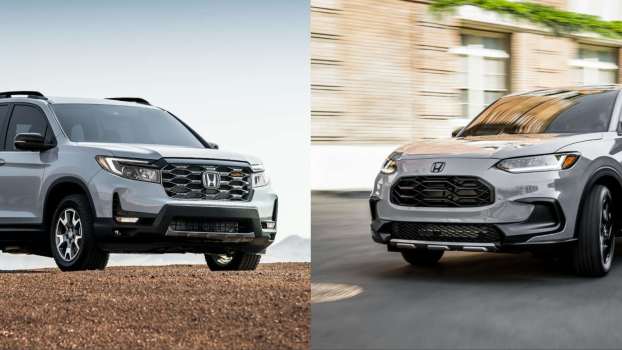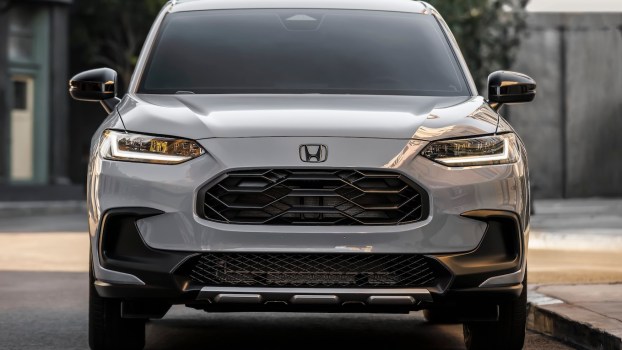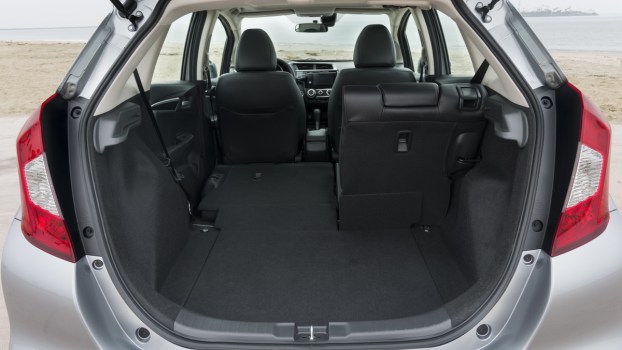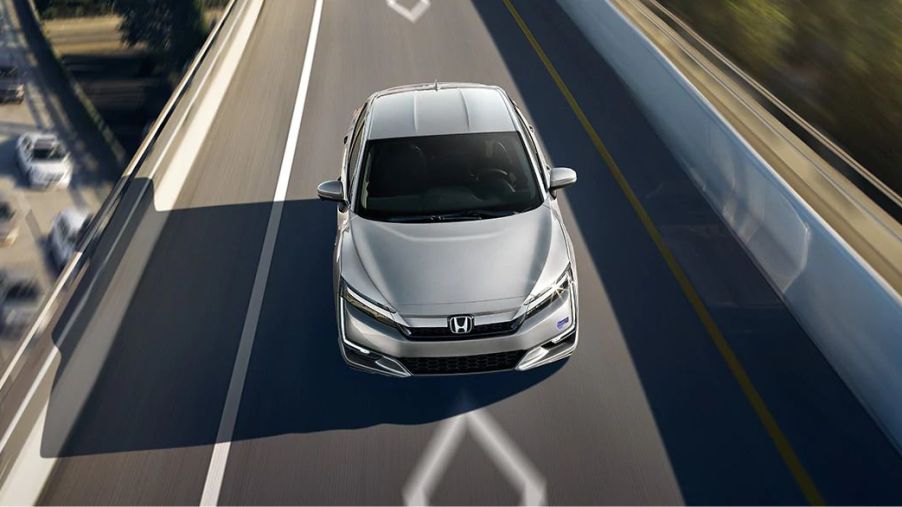
The Honda Clarity Died So the Toyota Mirai Could Live
The Clarity is an often-forgotten fuel cell car that Honda introduced in 2015. Besides its unique powertrain, the car provided stellar range and showed a future for more environmentally friendly fuel options. However, despite enjoying a small following, the Clarity never gained mass appeal. Its lack of significant success led the Japanese automaker to discontinue the Honda Clarity in 2021 after only two generations. Luckily, the technology lives on thanks to more recent vehicles like the Toyota Mirai.
The Honda Clarity had a promising start
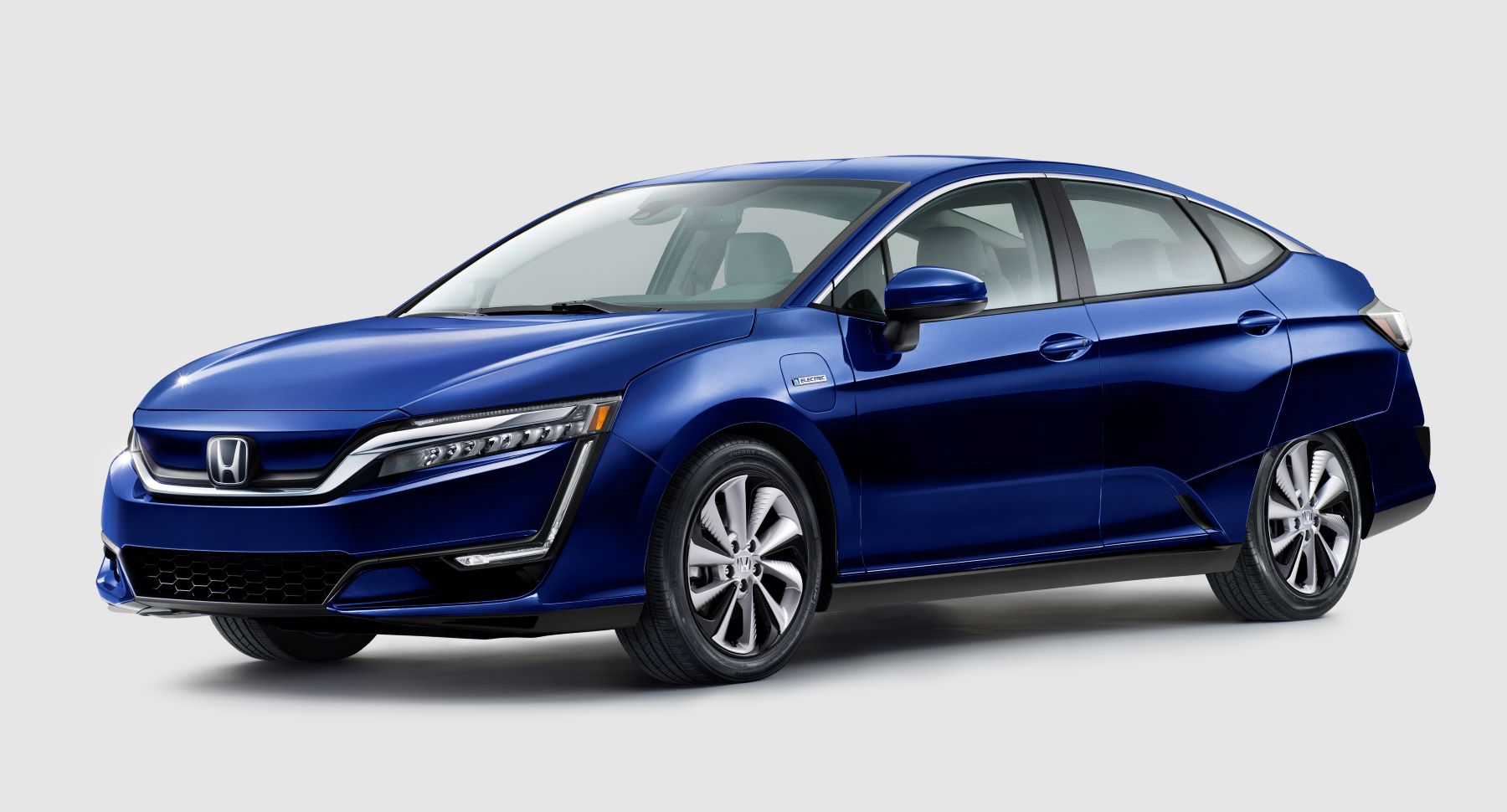
Honda unveiled the Clarity in 2015 at the 44th-annual Tokyo Motor Show. Though the automaker was a pioneer of fuel cell technology, the new car marked the brand’s first foray into this segment. The Honda Clarity arrived on the market in 2016 as the world’s first commercial fuel cell–powered sedan. Additionally, it was the first with a full fuel cell stack, which the company positioned where most cars have their engine and transmission.
By the time the Honda Clarity was discontinued, the 2021 model with the fuel cell powertrain had even more to offer. According to Edmunds, this front-wheel-drive sedan produces 174 hp and 221 lb-ft of torque. Regarding fuel economy, it gets an estimated 68 MPGe in the city and 67 MPGe on the highway. That figure equates to a range of 360 miles.
Why was the Honda Clarity discontinued?
There can be any number of reasons why a vehicle from a mainstream automaker would fail. However, the answer to why the Honda Clarity was discontinued isn’t complicated.
In a nutshell, the Clarity was too advanced for its time. For one, the infrastructure for hydrogen fuel stations was severely lacking. That’s a critical factor because drivers need to power their vehicles. However, Honda’s biggest obstacle was the lack of demand for cars like the Clarity.
The sales numbers don’t lie. For example, the sedan sold 11,654 units in 2019. By the first half of 2021, only 1,896 units had shipped to customers. Of course, new automotive technology is always a hard sell, but it’s telling that an auto giant like Honda could get so few consumers interested. Of course, the lack of infrastructure is one significant reason people balked at buying a fuel-cell car. Additionally, the Clarity was far from perfect. Its drawbacks included low safety ratings and controversial styling that some considered ugly.
The Toyota Mirai carries the torch
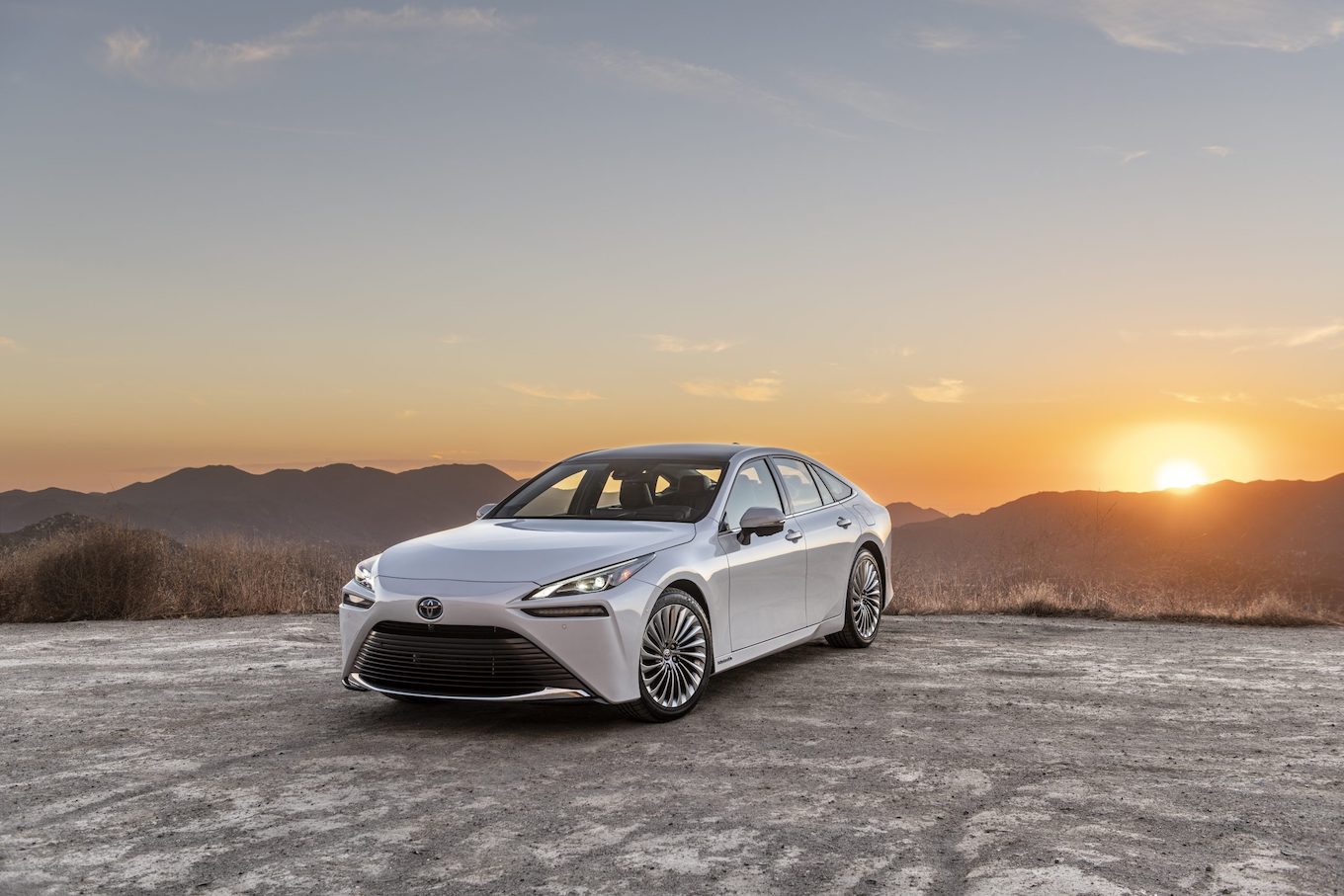
The Honda Clarity may not have had a long life before being discontinued, but hydrogen fuel cell options like the Toyota Mirai carry the torch. Though Toyota introduced the Mirai in 2014, the automaker began developing it in 1992. Now, the Toyota Mirai is in its second generation, and sales are decent. As of November 2023, the car has sold over 14,000 units in the United States since 2015. That might not seem impressive, but California is the only state where Toyota sells the Mirai because the rest of the country lacks sufficient hydrogen infrastructure.
Nowadays, people don’t discuss the Clarity often. However, hydrogen fuel cell cars endure. Some may wonder why the Mirai survives while Honda’s entry died. Perhaps the easiest answer is appeal. Not only is the Toyota sedan more potent and sportier, but the Clarity also didn’t have the best ratings in areas like safety. Still, it’s almost sad that Honda discontinued the Clarity so soon.
